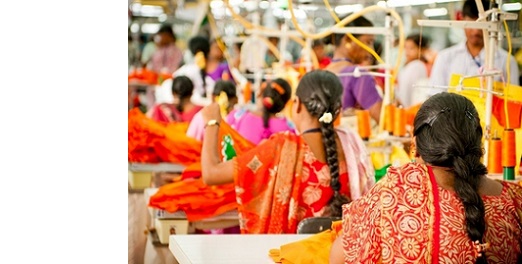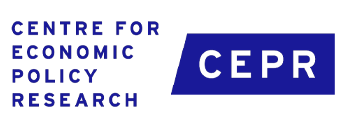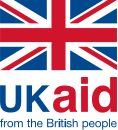Global apparel is one of the largest export sectors in the world, and vitally important for economic growth in low-income countries (LICs) (Staritz 2010). Like in many LICs, the garment sector in India --the world’s second largest producer of textile and garments-- is characterized by a high degree of informality with only a few large firms, and high attrition rates are common. In the factory units under study by the research team, the average annual worker attrition rate is 10-14%, and attrition and absenteeism are significant challenges to firm-level productivity and profitability. Gains in productivity and reduction in losses due to attrition, tardiness, and absenteeism might thus render soft-skills training profitable at the firm level. This is the hypothesis that the research team will test with a randomized impact evaluation of an employer-sponsored soft skills (i.e. time management, effective communication, problem-solving, and financial literacy) training program in five factory units of a large garment manufacturing firm in Bangalore, India.
Participants in the program will be chosen by lottery from the pool of female garment workers (the majority of garment workers worldwide are women) who express interest in enrolling. Randomization will take place at two levels: line level and individual level within treatment lines. In the first stage of randomization, a proportion of production lines within each factory will be randomized to treatment. In the second stage of randomization, within lines randomized to treatment, a fixed number of workers who enrolled in the treatment lottery will be randomly chosen to take part in the trainings. Thus, the control group will be made up of two sub-groups: workers who volunteered for the trainings but whose lines did not get assigned to treatment, and workers who volunteered, whose lines were randomized to treatment, but who did not get selected for the training.
Impacts on daily production at the individual and group (line) level, as well as tardiness, attendance, overtime and retention will be assessed. The high level of detail in the worker-level data will enable the researchers to identify the precise mechanisms through which the impact of the training on the primary outcomes of interest (i.e. worker quality, productivity, and retention) may occur, such as attendance regularity or self-selection into technical training post-intervention. The team will also evaluate the impacts of training at the firm-level, in the form of changes in revenues, profits, and productivity.
Finally, the researchers aim to identify any spill-overs of the trainings on non-treated workers. They will measure any changes to worker behaviour and/or productivity of control workers who work in close proximity to treatment workers, and compare the outcomes of control workers in treatment lines with those of control workers in control lines. They will also evaluate to what extent such spill-overs translate into line-productivity, and thus estimate the optimum level of training at the line-level, which can inform the timing and level of firm decisions regarding investment in training.






